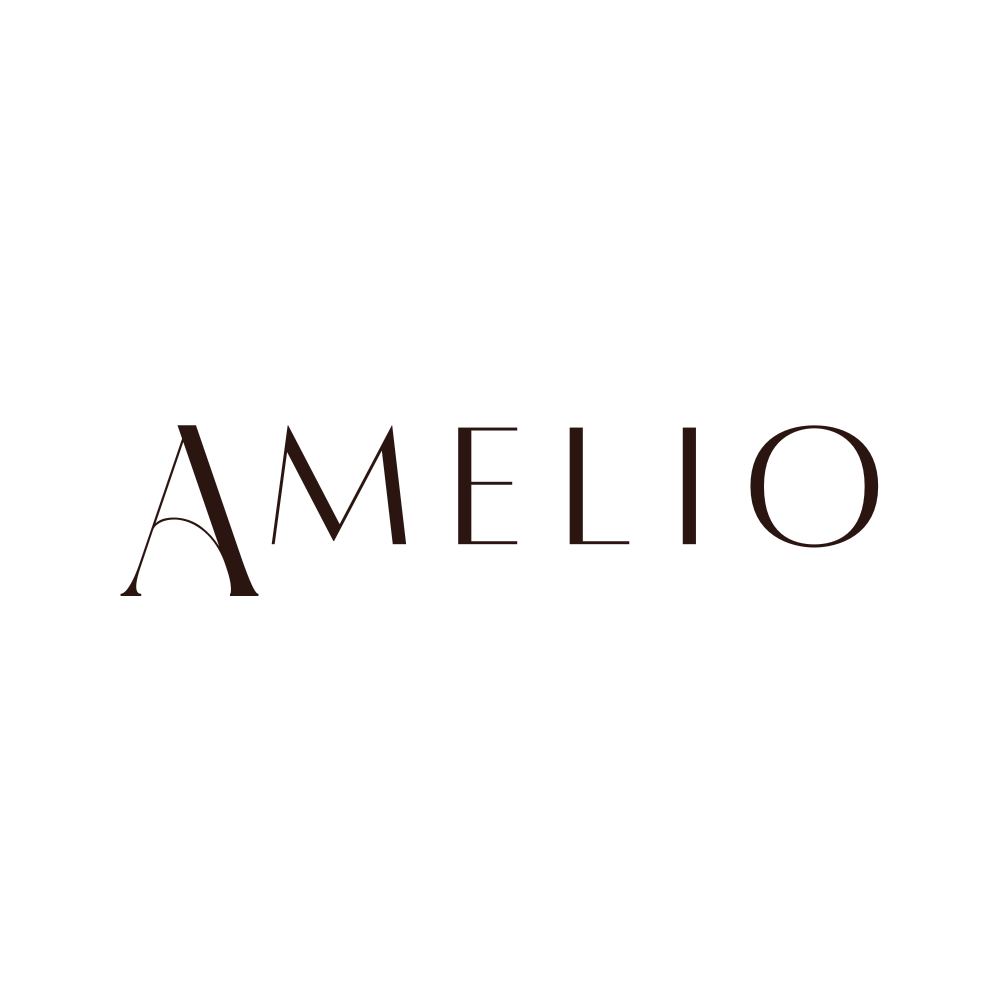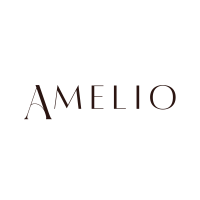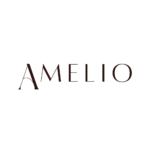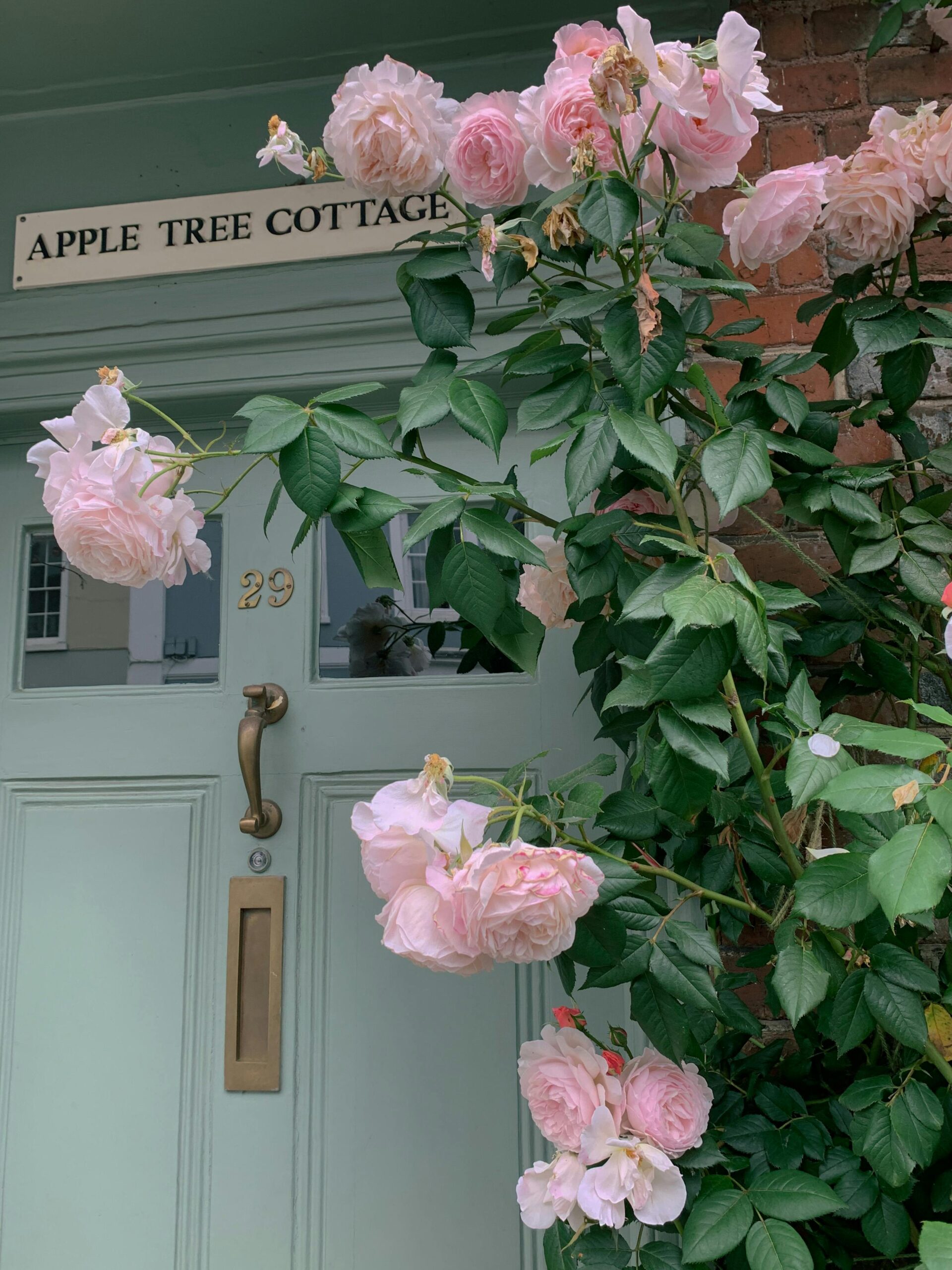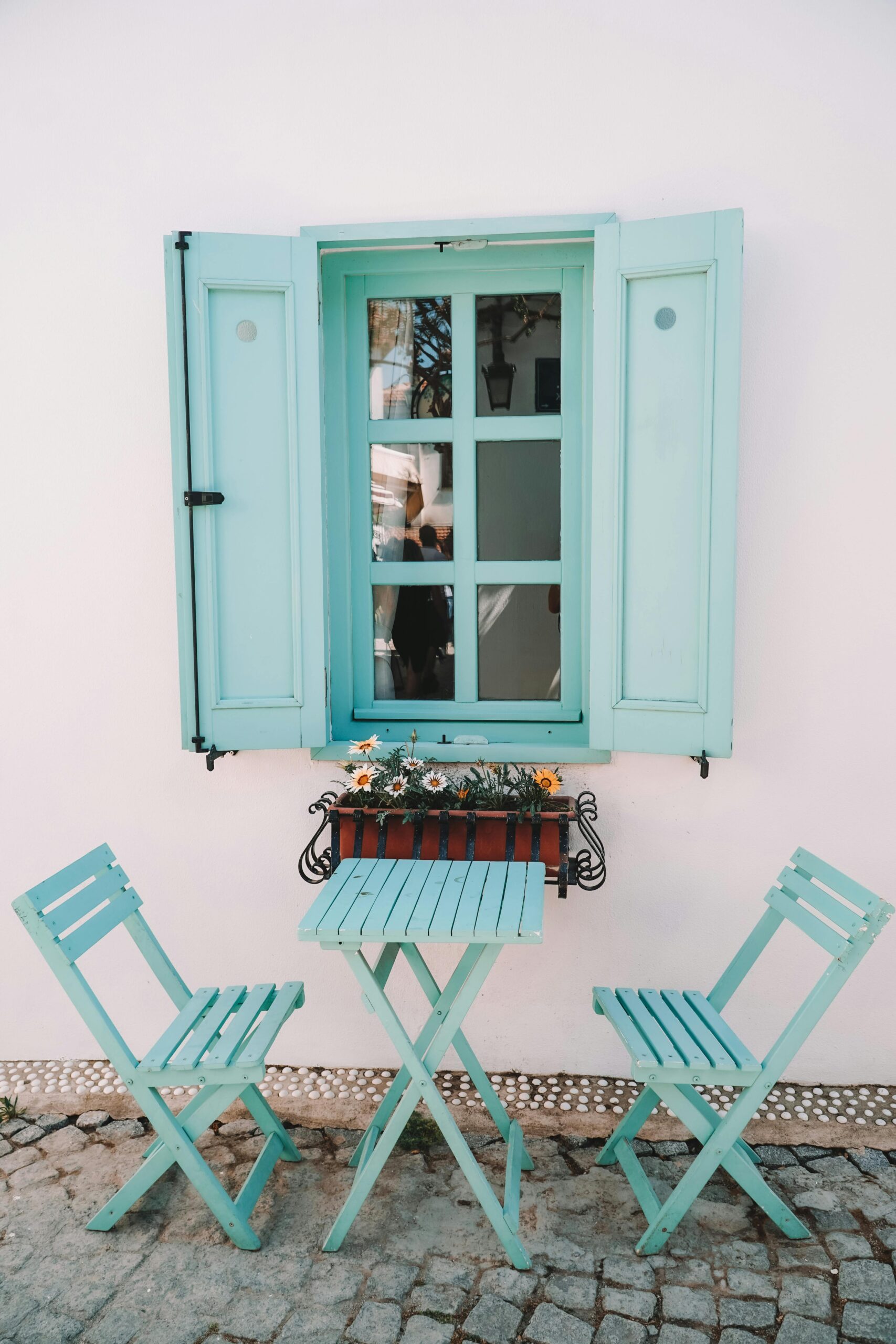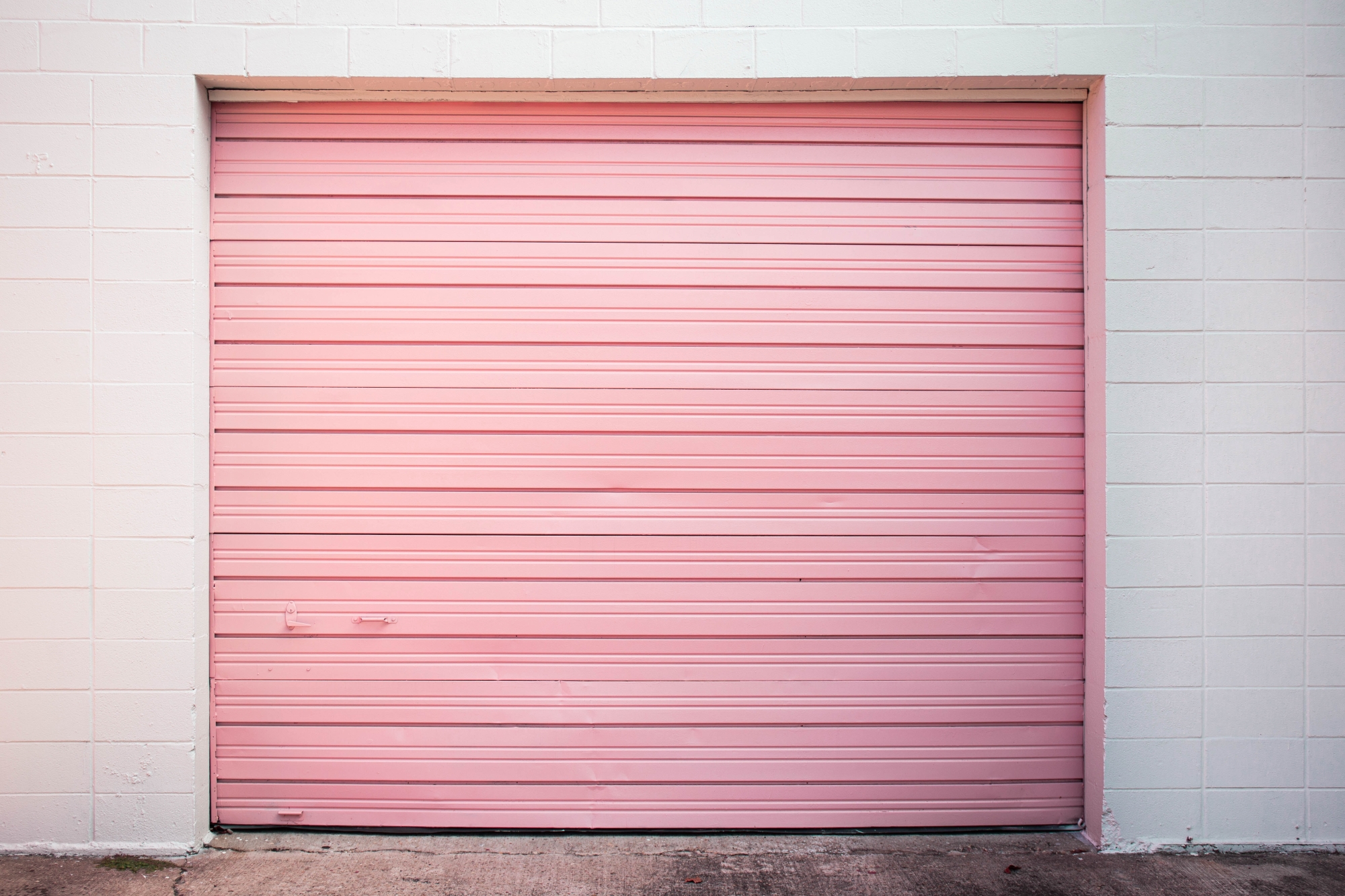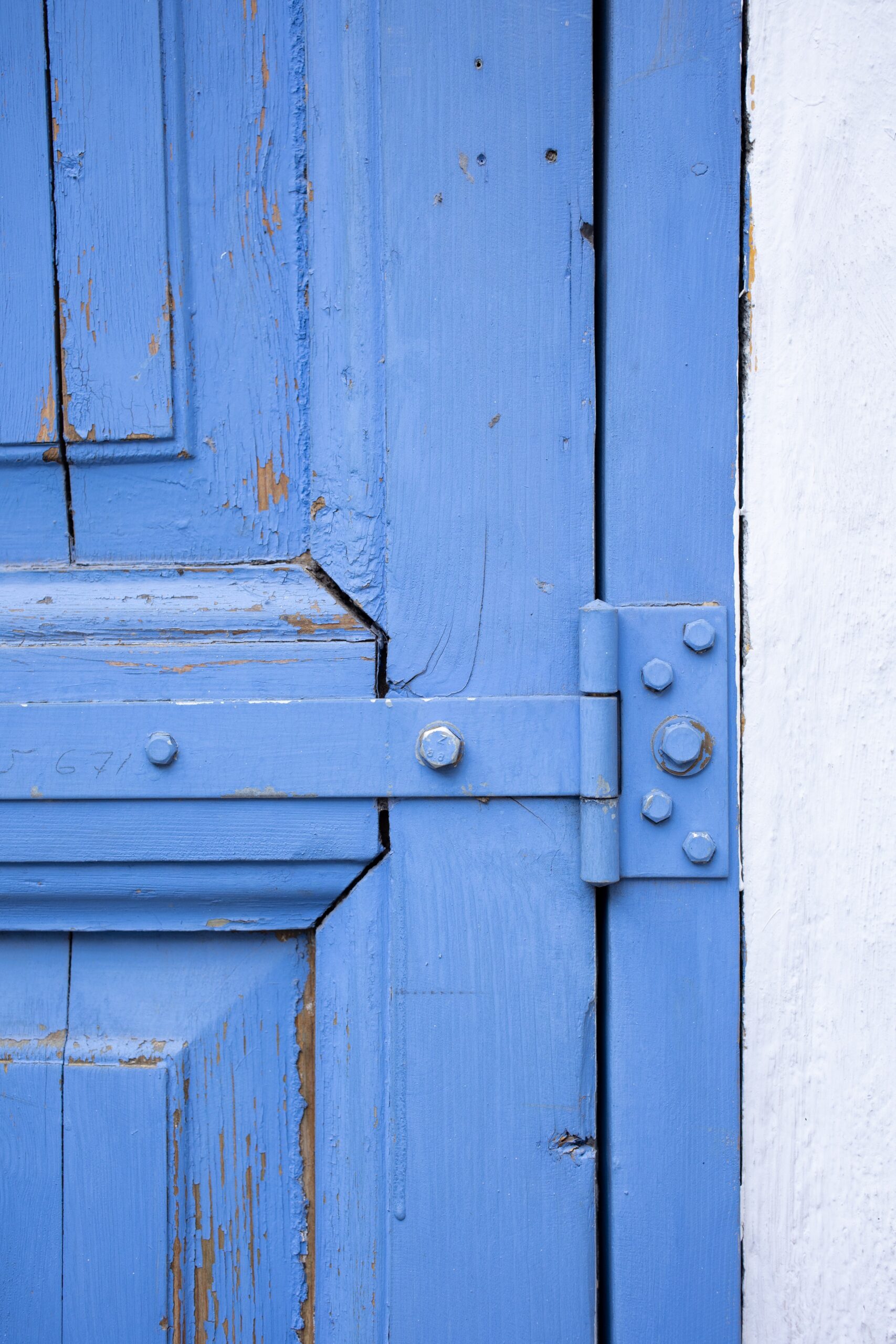Painting bare aluminium requires a few extra steps due to it being a non-ferrous metal.
When you start with bare metal you will need to key the surface to enable the primer to stick. This can be done with a scotch brite pad or sandpaper. Then you need to prepare the surface for your primer. This is a crucial stage to get rid of any contaminants. We recommend you use a surface cleaner, specifically Prep Clean 2802. To use Prep Clean, generously wet a clean lint-free cloth with the Prep Clean and clean/degrease the surface. While the surface is still wet use a second clean lint free cloth to remove the Prep Clean and contamination trapped within it. Always use two cloths, using only one will increase the chances of redistributing the surface contamination rather than removing it. Cloths for use with Prep Clean should be replaced regularly and often to ensure that an efficient pre-cleaning process is maintained.
Immediately before applying your paint use a tack cloth; this adhesive cloth is designed to pick up any dust and loose dirt.
When applying paint to bare aluminium you should use an etch primer first. Etch primer is ‘stickier’ than Filler primer so therefore adheres better to the bare metal. We do then recommend applying a filler primer to add extra protection against rust.
The process we recommend is:
*Please note Etch Primer and Filler Primer use totally different thinners! You also need to use a White Primer underneath yellow and orange paint colours.
You need to key the paint in between coats with wet and dry P600-800 – this enables the paint to adhere.
Paint Application
If you are a novice, have a practice first! It is important that you practice whichever application process you choose to use. Remember, key the paint in between coats with wet and dry P600-800 – this enables the paint to adhere. See our other articles on application techniques.
